Tiger
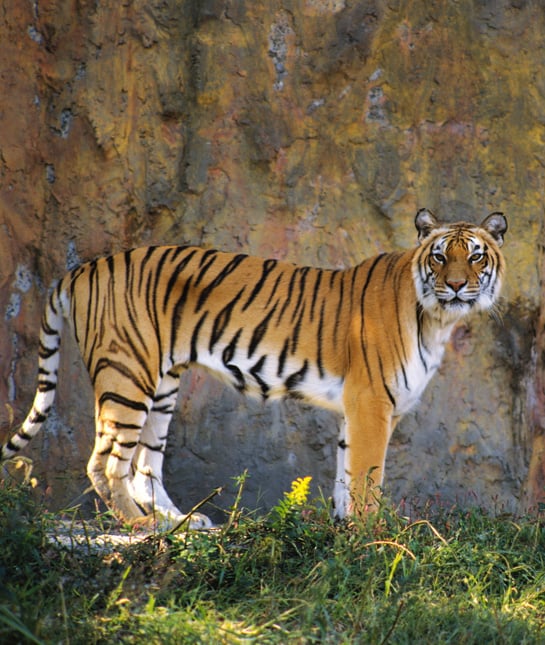
A tiger's stripes are its most distinguishing characteristic. No two patterns are the same, and a tiger's unique stripes can identify it, much like a human's fingerprint. The color of the stripes can vary based on the species of tiger, but they tend to be a brownish-black color. It's not just a tiger's fur that's patterned this way; the tiger's skin is also striped. A tiger can have more than 100 stripes on its fur, and uses them as camouflage to help stalk and pounce on its prey. (Source)
Image via Getty
Zebra
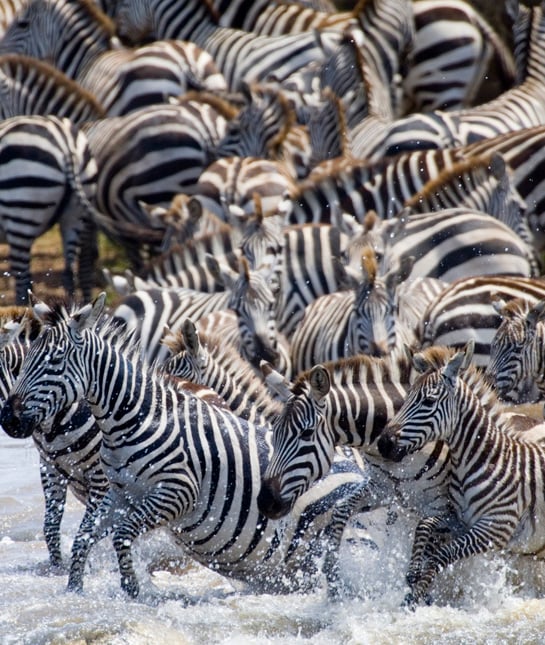
The zebra uses its famous of black-and-white stripes as a defense mechanism. The stripe patterns create an optical illusion that confuses predators and pests. They give the illusion that a zebra is moving in one direction when it actually is moving in another. This leads predators to mistime their attacks, and insects to bite on the wrong spot. Zebra stripes stand out against any background in nature, but they blend together when zebras move in herds. (Source)
Image via Getty
Bumblebee
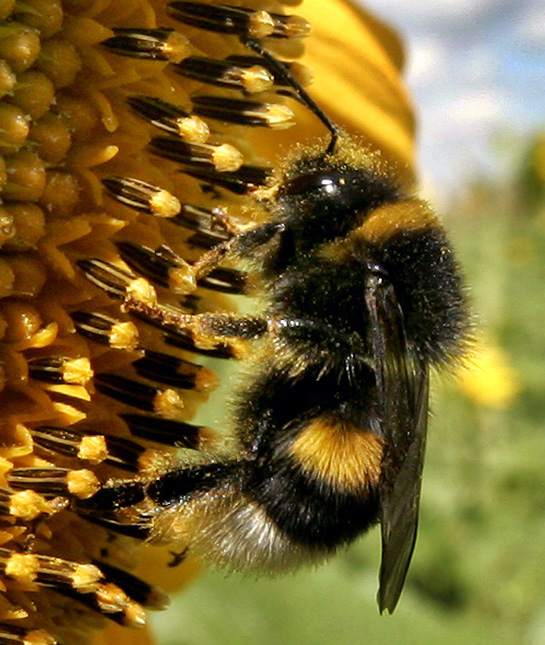
The iconic stripes on a bumblebee serve as a warning to would-be predators. The bright pattern of black and yellow stripes signals to birds flying above that a bee is below with its stinger in place. If they try to eat the bee, they will experience the nasty sting that goes along with it. The stripes act as protection for both the bee and the predator. (Source)
MORE: 12 Adorable Litters of Baby Animals
Image via Associated Press
Striped Marlin
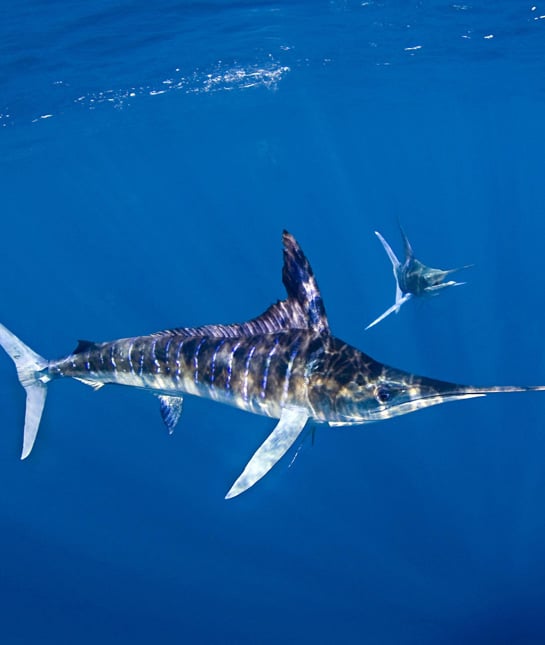
The striped marlin is one of the biggest fish in the ocean. The difficult-to-catch fish has light blue and light purple stripes running down its sides. It also has the ability to change the color of its stripes when excited, typically when feeding or mating. The striped marlin also gains more stripes on its side after it dies, which is unique to this species. (Source)
Image via Getty
Okapi
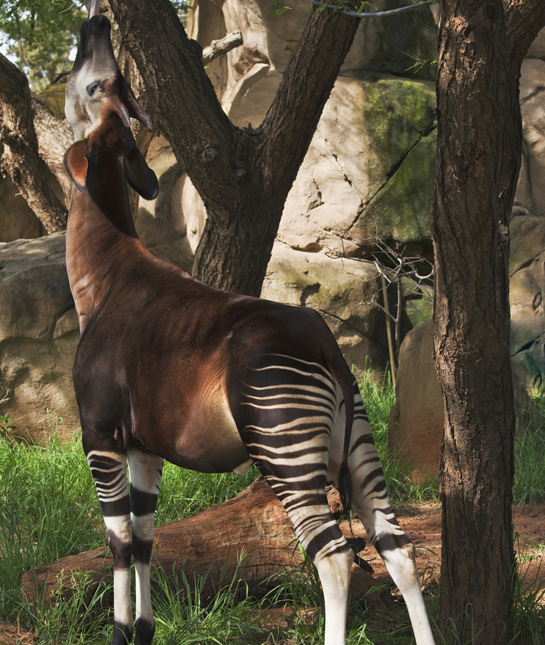
An okapi's stripes help to camouflage the animal from predators. It appears to fade into the shadows, because the stripes look like sunlight filtering through the trees of the forest. The stripes also act as a "follow me" signal from a mother to its calf. Since they are at a calf's eye level, they allow the calf to recognize its mother. Some also believe that the stripes are attractive to mates, who sniff each other standing head to tail. (Source)
Image via Getty
Mackerel Tabby Cat
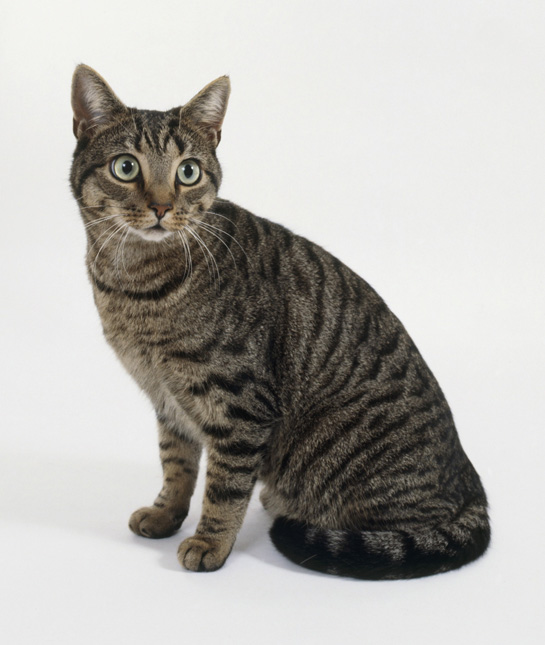
The Mackerel tabby cat has the only striped pattern of domestic cats, and many believe it to be the original tabby pattern. The long, thin, black stripes are on the tabby's sides and stomach. One can distinguish these cats by the "M" shapes of dark fur on their foreheads. A Mackerel tabby cat also has a "peppered nose," meaning a pink nose with black dots scattered across it. (Source)
MORE: Rescued Magpie Joins Family
Image via Getty
Chipmunk

A chipmunk's stripes camouflage the critter as it runs through the forest. The brown, black and white tones of the chipmunk's fur allow it to disappear among the trees and shrubbery that surround it. The chipmunk can then forage for food while staying hidden to any birds flying above. (Source)
Image via Getty
Skunk
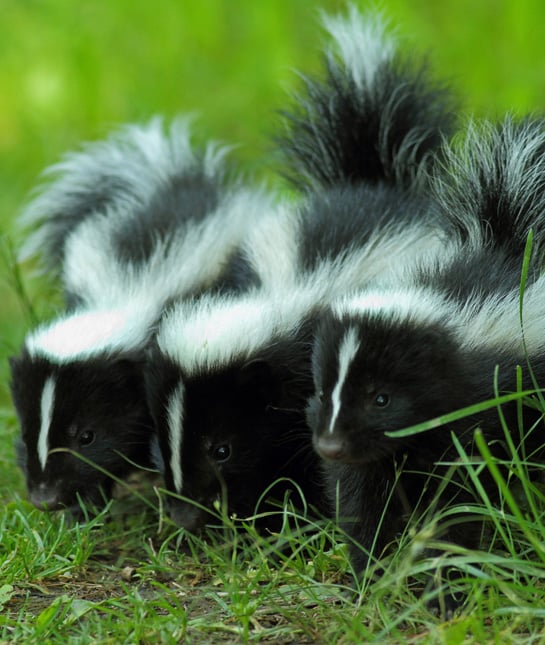
The stripes on a skunk are an arrow pointing to its most dangerous defense. The skunk's back has two white stripes that head directly to its rear end. The skunk's infamous stink spray can hit a predator from 10 feet away. The white lines serve as a warning of what is to come if a predator comes too close. (Source)
MORE: 10 Kids Causing Mischief With Pets
Image via Getty
Numbat
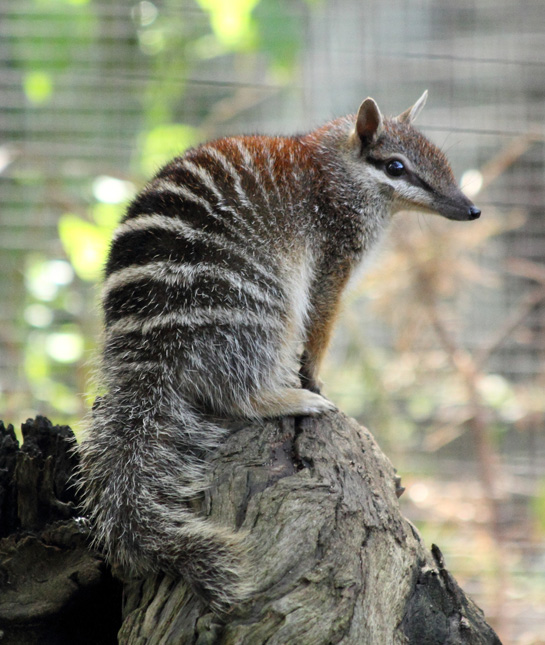
This marsupial's body features a handful of white stripes across its lower back and tail. Numbats live in Australia and subsist on termites. It's hard to confuse numbats with any other animal due to their distinctive appearance. Their small, slender bodies contrast with their large bushy tails. A numbat's tail stands erect as it searches for termites. (Source)
Image via Flickr
Coral Snake
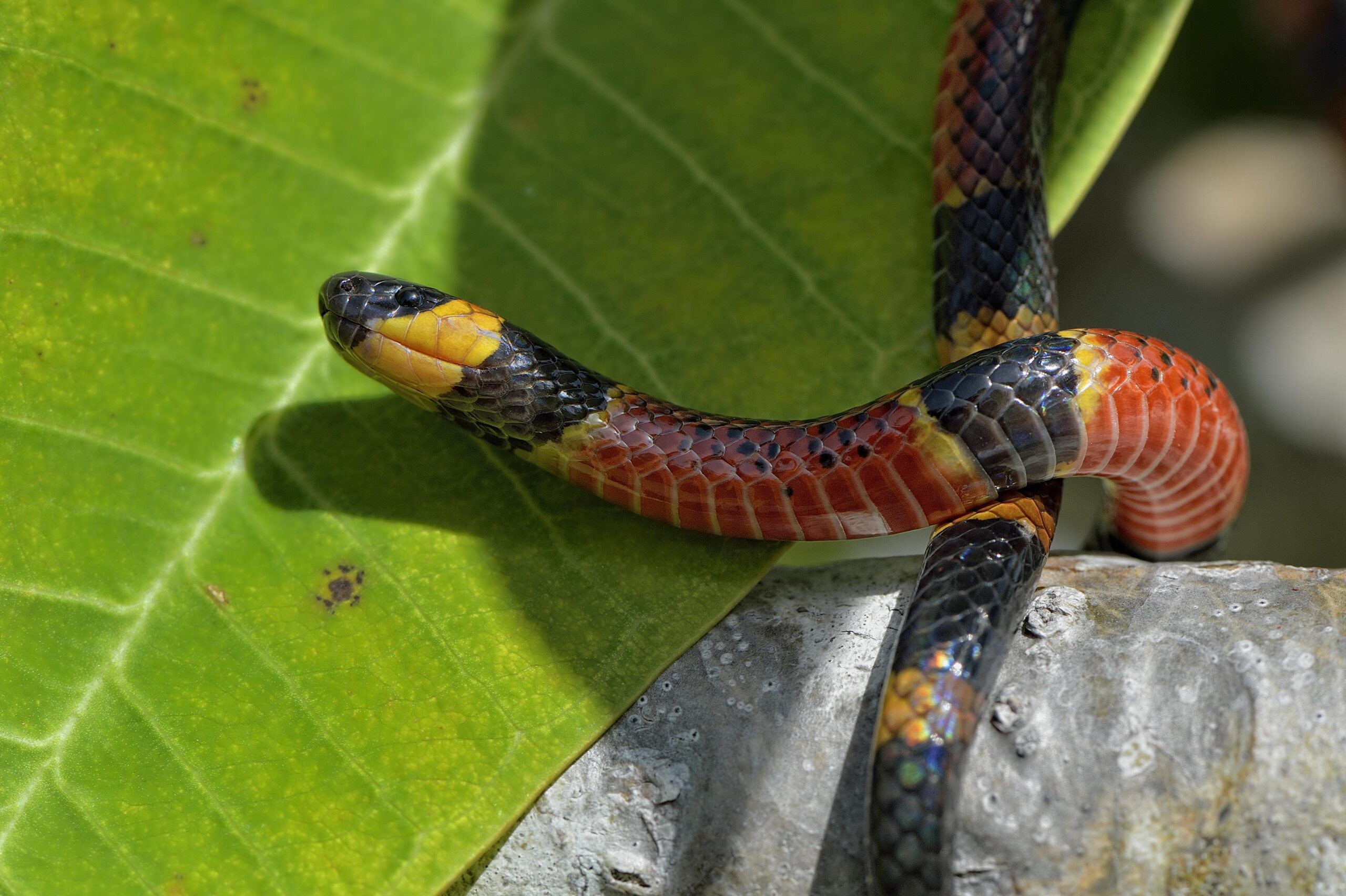
The colorful striped pattern of a coral snake is a warning to predators. The stripes that run across a coral snake's body alternate red and black, yellow bands bordering the red. Predators take care when they see the coral snake, because the bright stripes warn them of the snake's venomous bite. This protects both the snake and its would-be predators. (Source)
Image via Getty




